Home>Ideas and Tips>Tips For Setting Up A Pet-Friendly Home
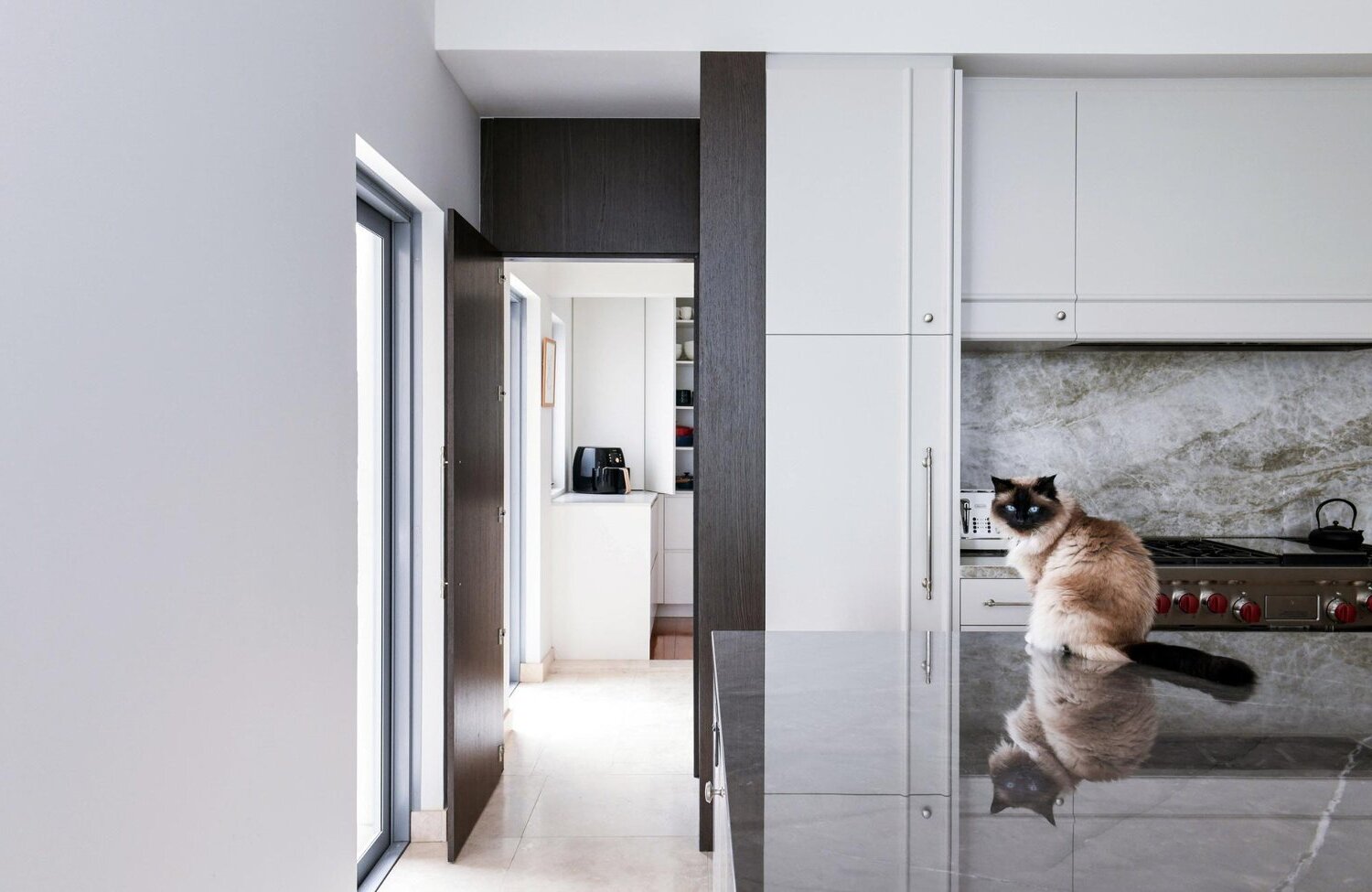

Ideas and Tips
Tips For Setting Up A Pet-Friendly Home
Published: November 5, 2024
Create a safe, comfortable, and enjoyable living space for your pets with these essential tips for setting up a pet-friendly home.
(Many of the links in this article redirect to a specific reviewed product. Your purchase of these products through affiliate links helps to generate commission for Storables.com, at no extra cost. Learn more)
Creating a pet-friendly home is essential for ensuring the comfort, safety, and well-being of both you and your furry friends. Whether you have a dog, cat, or other pets, transforming your living space into a welcoming environment requires careful consideration of various factors. In this article, we will delve into the essential tips and strategies for setting up a pet-friendly home that is both safe and enjoyable for all members of the household.
Choosing Pet-Friendly Furniture
When it comes to furniture, it's crucial to select pieces that are durable and easy to clean. Pets can be quite destructive, especially dogs with their wagging tails and curious nature. Here are some tips for choosing pet-friendly furniture:
-
Material Selection: Opt for furniture made from materials that are resistant to chewing and scratching. Metal, chrome, and chew-resistant materials are excellent choices. However, these materials may not be as appealing to your pet as softer options like leather or ultra-suede. If you prefer these materials, consider using slipcovers made from washable fabrics to make cleaning easier.
-
Durability: Choose tables and bookcases that are sturdy enough to withstand the occasional knock or bump from a wagging tail. Avoid lightweight furniture that could easily tip over.
-
Easy-to-Clean Fabrics: Select easy-to-clean fabrics that can withstand daily wear and tear. Leather and ultra-suede are excellent options because they are durable and can be easily wiped clean with a damp cloth. If you prefer fabric-covered furniture, look for pieces with removable covers made from washable materials.
Flooring Options
The type of flooring you choose can significantly impact the comfort and safety of your pets. Here are some flooring options that are pet-friendly:
-
Ceramic Tile or Laminate Flooring: These types of flooring are highly durable and can withstand the wear and tear associated with pets. They are resistant to toenail scratches, muddy paws, dents, and splashes of water from water bowls. Ceramic tile or laminate flooring is also easier to clean than hardwood floors.
-
Avoid Carpet: While carpet may seem like a cozy option for your home, it's not the best choice for pet owners. Carpet holds an immense amount of pet hair, which can be difficult to clean and may cause allergies. Additionally, it's more prone to stains and odors caused by accidents.
Pet Beds and Mats
Providing your pets with comfortable places to rest is essential for their well-being. Here are some tips for choosing the right beds and mats:
-
Cozy Bedding: Encourage your pets to rest comfortably with cozy bedding or a comfortable crate. Avoid placing their beds in isolated areas as this can make them feel lonely or anxious. Instead, place their beds in areas where they can easily see you or other family members.
-
Comfortable Crates: Crates provide a sense of security for pets and can help them feel safe while napping during the day. Make sure the crate is large enough for your pet to stand up, turn around, and lie down comfortably.
Toys and Entertainment
Toys play a crucial role in keeping your pets entertained, mentally stimulated, and physically active. Here are some tips for choosing the right toys:
-
Toy Basket: Add a toy basket to keep your furry coworker entertained while you work or attend virtual meetings. This will help prevent destructive behaviors caused by boredom.
-
Quiet Options: If you need quieter options, consider snuffle mats, rope toys, Kongs, puzzle toys, lick mats, “silent” squeak toys, treat balls, and stuffed animals. These toys are designed to keep your pets engaged without causing too much noise.
-
Scheduled Play Breaks: Schedule specific play breaks throughout the day to ensure your pets get enough physical activity and mental stimulation.
Pet-Safe Plants
Plants can enhance the aesthetic appeal of your home while also providing benefits like increased productivity and reduced stress levels. However, not all plants are safe for pets:
-
Toxic Plants: Aloe vera, snake plants, peace lilies, Sago palms, pothos, Chinese Evergreen, and Madagascar Dragon Trees are popular houseplants that are known to be poisonous to dogs. Always check the ASPCA's list of toxic and non-toxic plants before bringing any new plants into your home.
-
Safe Options: Some safe options include spider plants (Chlorophytum comosum), catnip (Nepeta cataria), and cat grass (Lepidium sativum). These plants are non-toxic and can be safely placed around your home office space.
Safety First
Ensuring your home office space is safe for your pets is paramount:
-
View from Your Pet’s Perspective: Get down on all fours to view your home office from your dog’s perspective. This will help you detect any enticing opportunities that may put your pup’s safety at risk.
-
Secure Trash Cans: If you have a trash panda in your home, consider placing your garbage can out of reach or buying one with a lid and pedal step that is harder for him to access.
-
Elevate PC Tower: Elevate your PC tower to prevent fur and hair from accumulating in its fans.
-
Cover Electrical Outlets: Cover electrical outlets and bundle cords and cables so your dog doesn’t become tangled in them—and risk unplugging vital connections or electrocution.
-
Keep Choking Hazards Away: Keep small choking hazards like thumbtacks, paper clips, pens, magnets, and staples out of his reach. Also, keep hazardous supplies like glue and ink cartridges away from your pets.
-
Latch Cabinet Doors: Latch cabinet doors if these spaces contain items that could be dangerous to your pup.
-
Secure Heavy Bookcases: Secure heavy bookcases and shelving to the wall to prevent them from tipping over.
Collecting Dog Hair for Bird Nests
Using your dog’s shedding hair can be a sustainable way to recycle and repurpose it for bird nesting purposes:
-
Collecting Hair: Dogs shed their hair throughout the year, which can be found on various surfaces like couches, beds, car seats, and floors. Use a damp cloth or lint roller to remove loose hair from these surfaces.
-
Safety Considerations: Before using your pup’s fur for bird nesting purposes:
- Ensure no fleas or ticks are present on either your pet or his fur before adding it to any nest boxes or other protected areas.
- Use only fur that is free from chemicals such as topical flea and tick medications and grooming products.
- Avoid using dyed or treated furs as these could contain chemicals that may not be good for wildlife consumption.
- Store the collected fur away from areas with high humidity to prevent mold growth.
Creating a pet-friendly home requires careful consideration of various factors including furniture selection, flooring options, pet beds and mats, toys and entertainment options, pet-safe plants, safety measures, and even repurposing dog hair for bird nests. By following these tips and strategies outlined in this article, you can transform your living space into a welcoming environment that ensures both you and your furry friends enjoy a comfortable and safe living experience.
By implementing these tips into your home improvement plan, you'll not only create a more enjoyable space for yourself but also ensure that your pets feel loved and cared for. Remember to always prioritize their safety and comfort while maintaining an aesthetically pleasing environment that reflects both human and animal needs.
Was this page helpful?
At Storables.com, we guarantee accurate and reliable information. Our content, validated by Expert Board Contributors, is crafted following stringent Editorial Policies. We're committed to providing you with well-researched, expert-backed insights for all your informational needs.
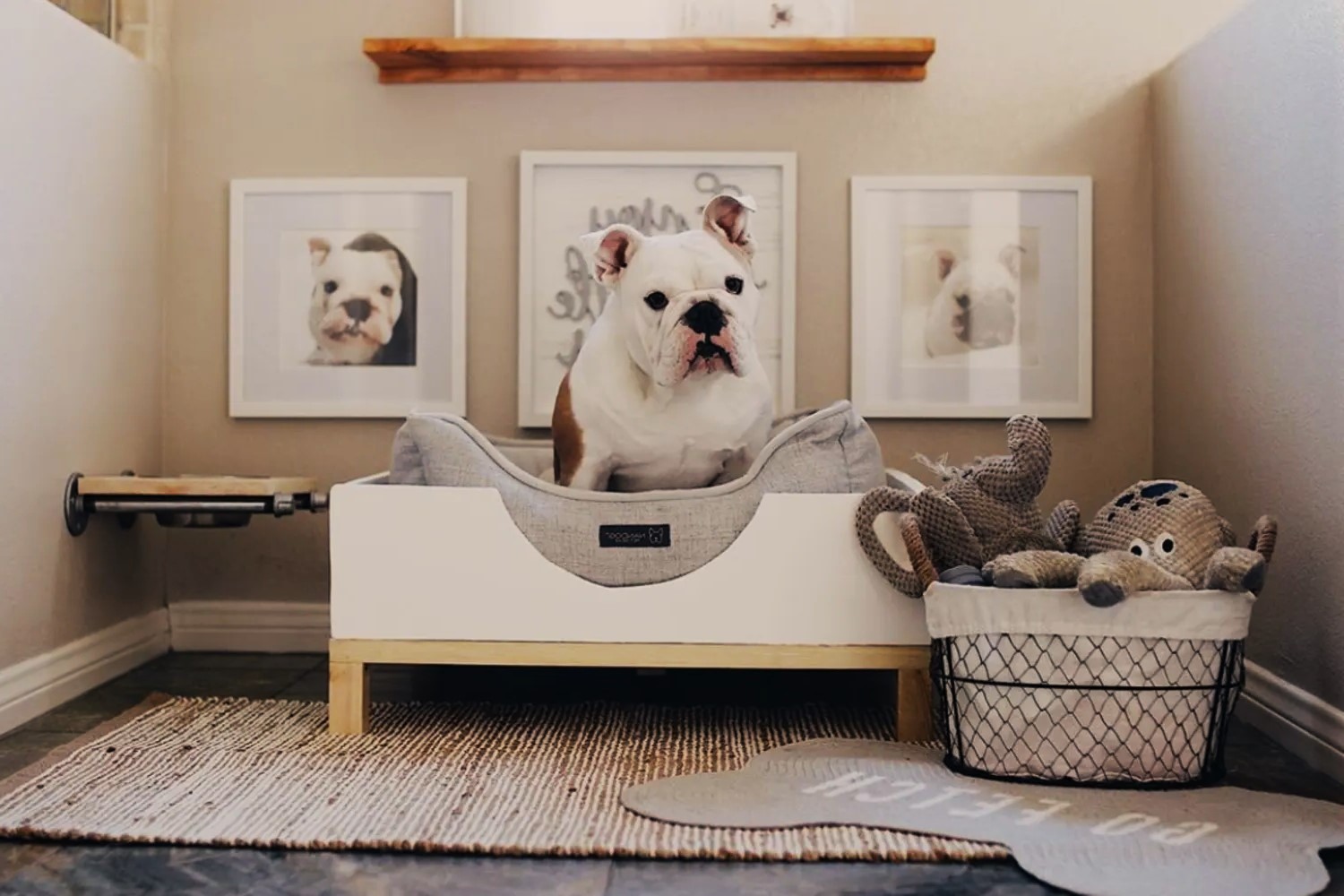
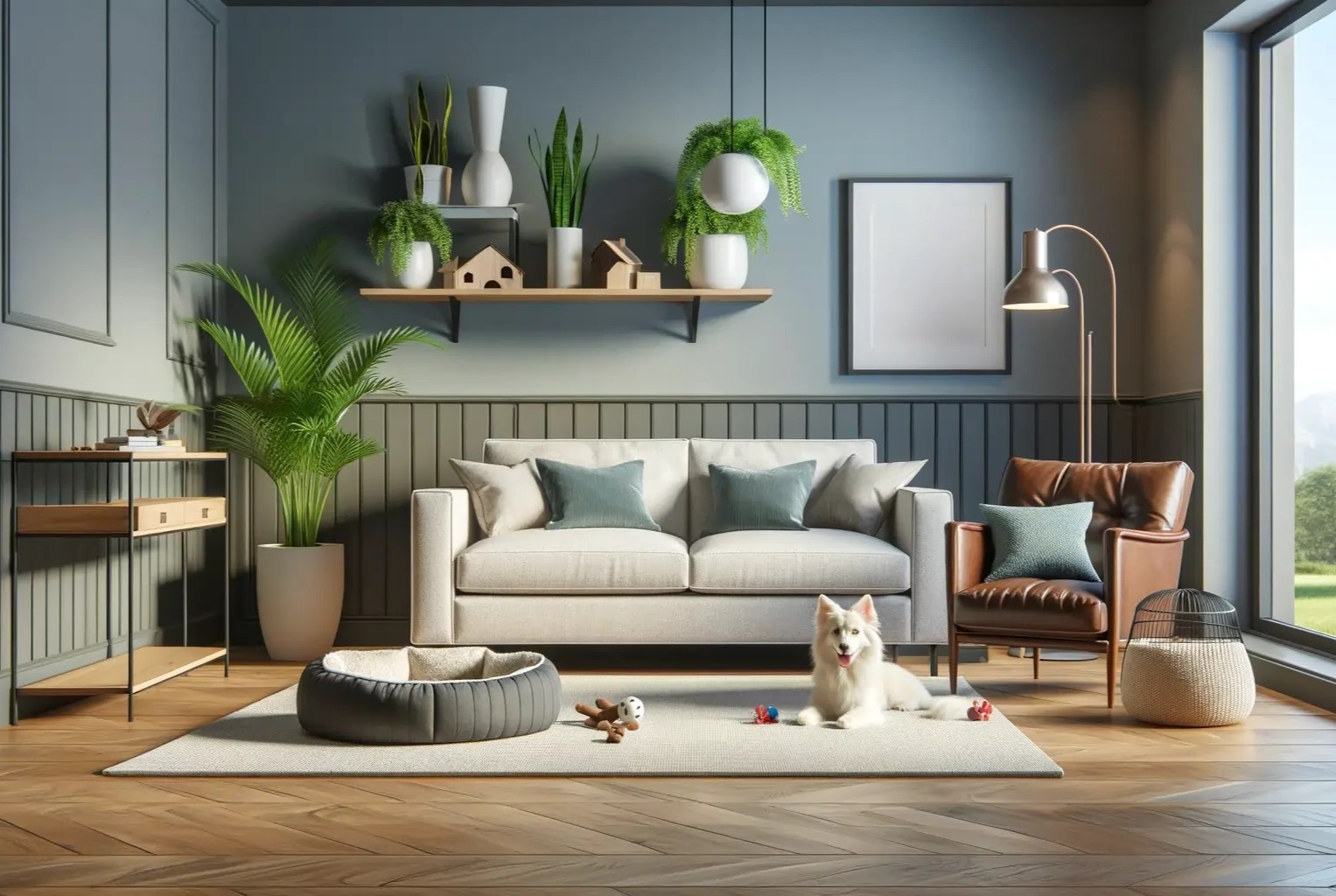
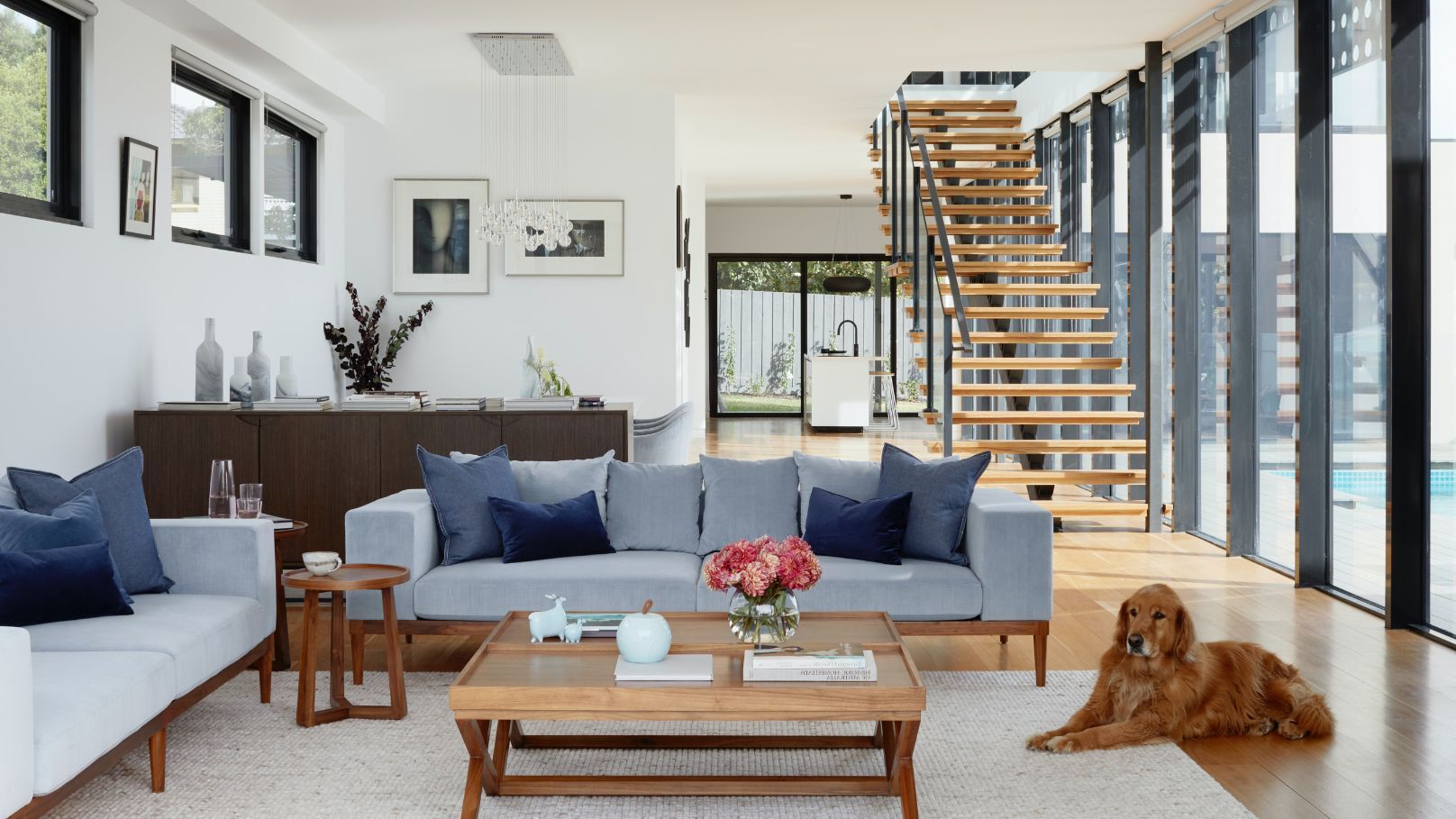
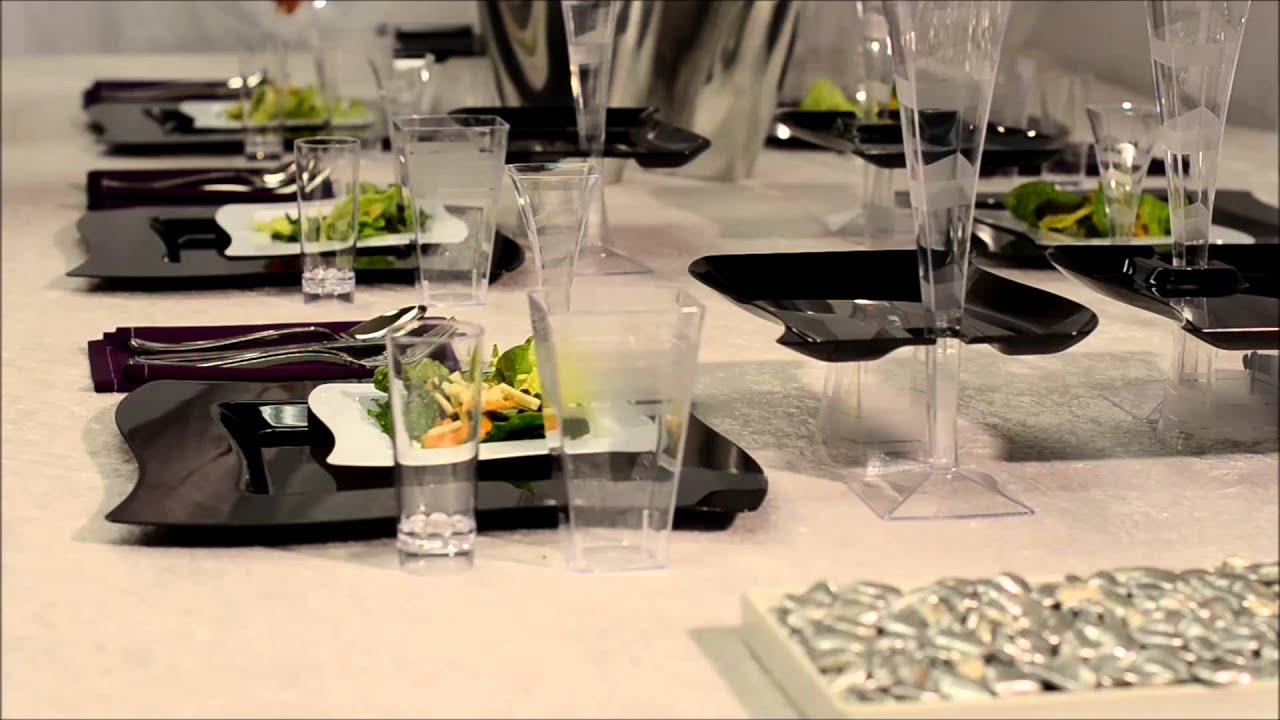
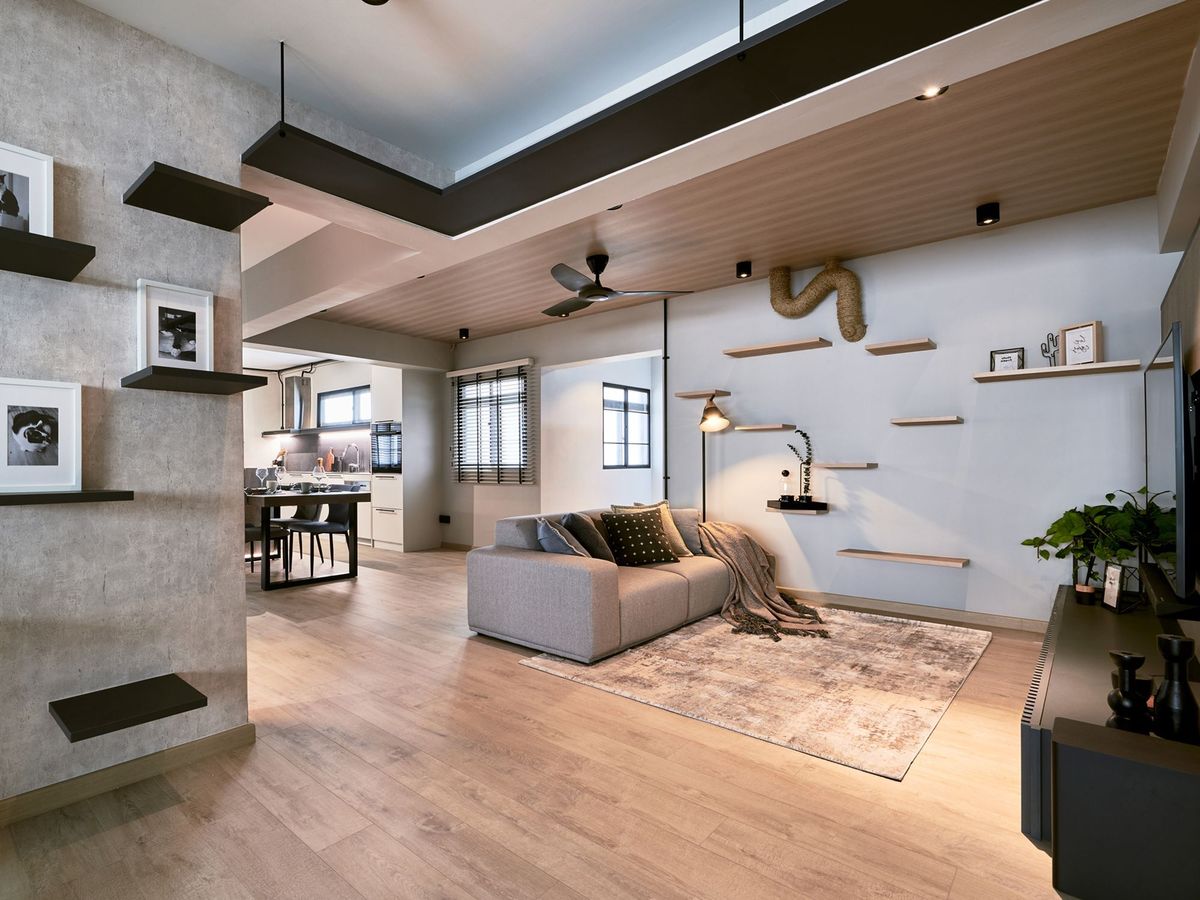
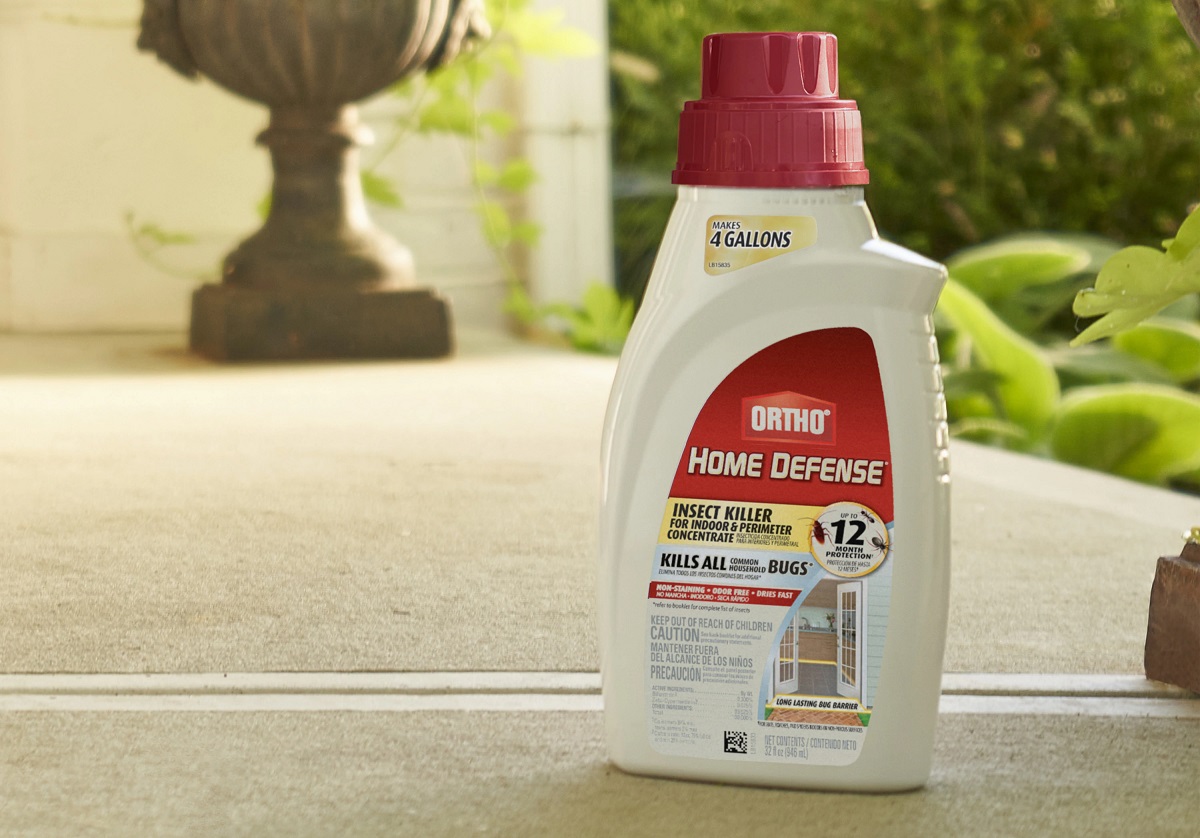
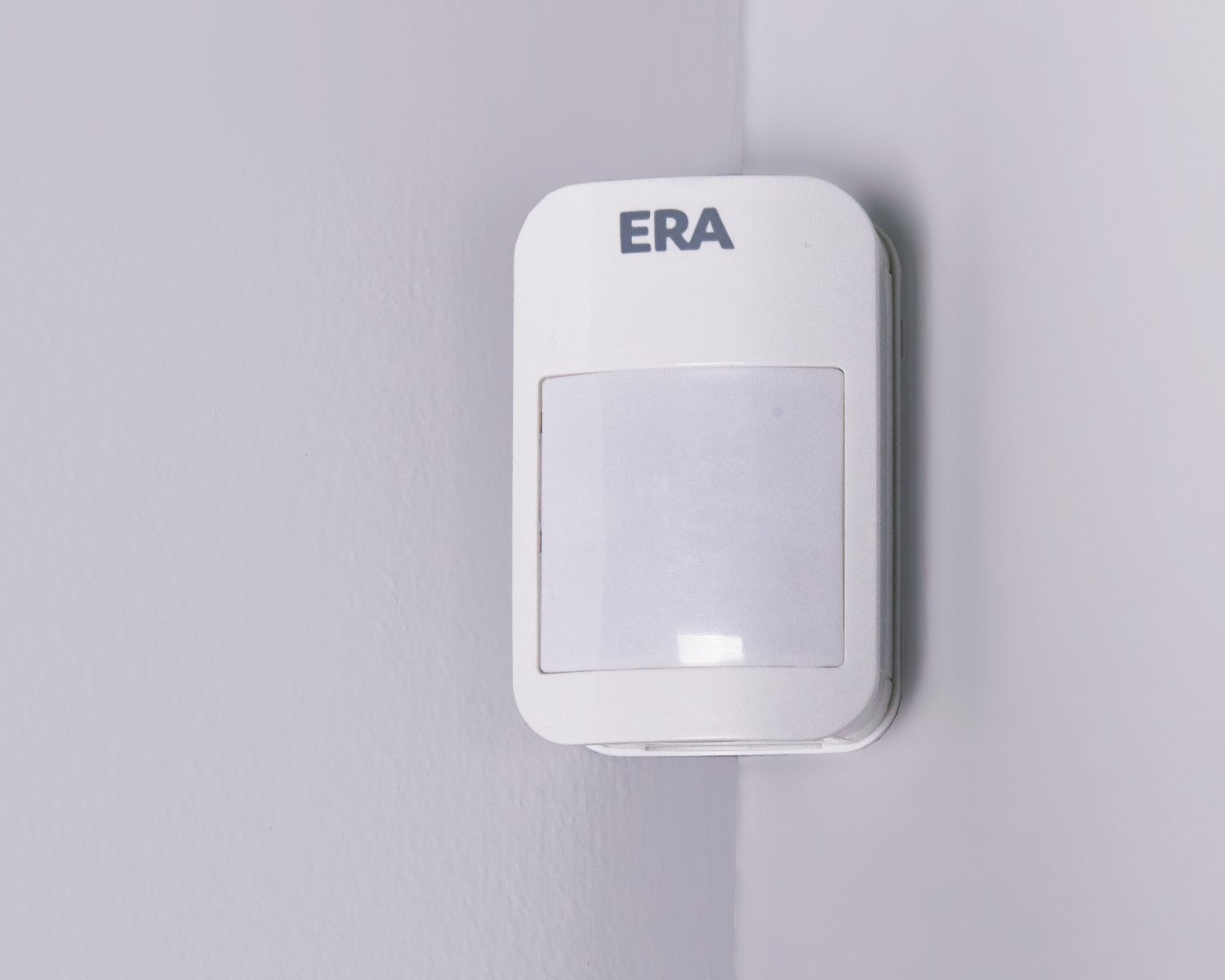
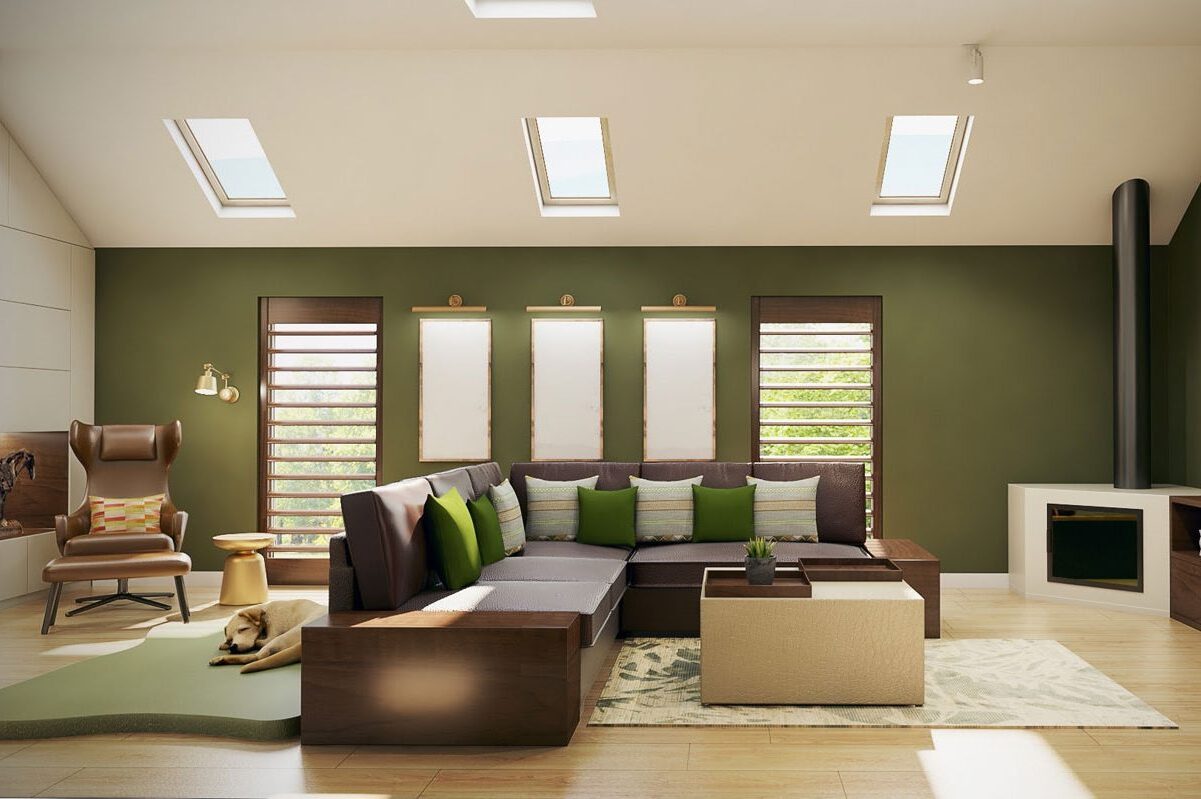
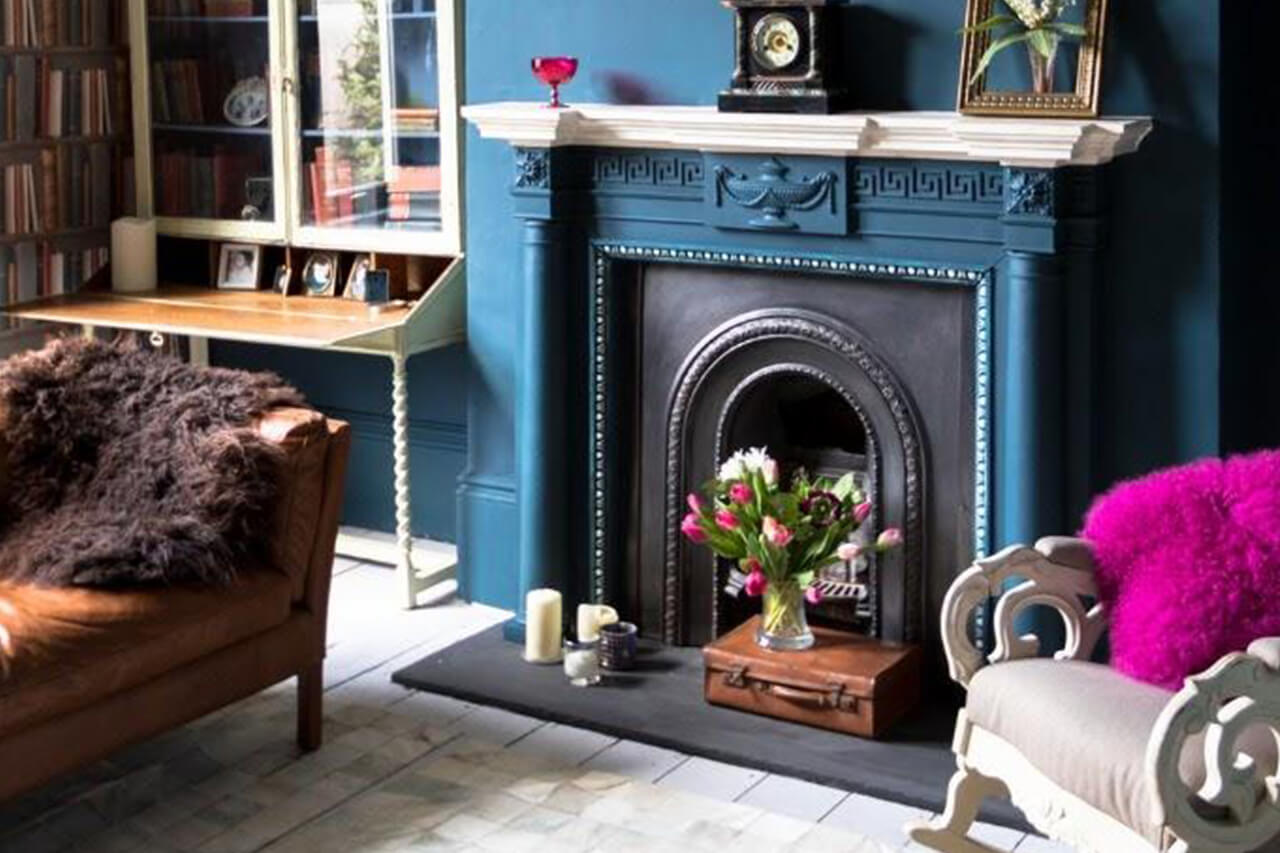
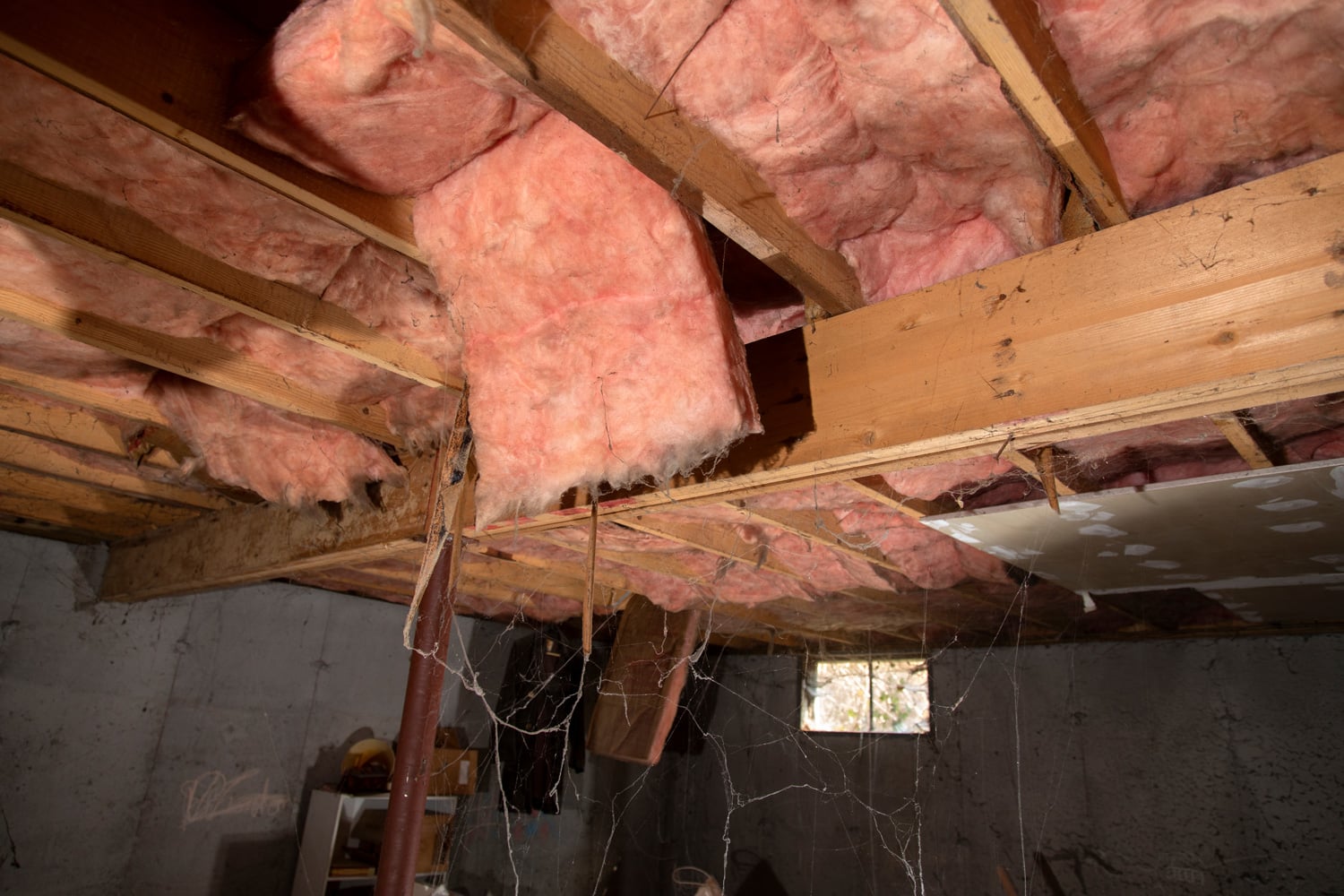
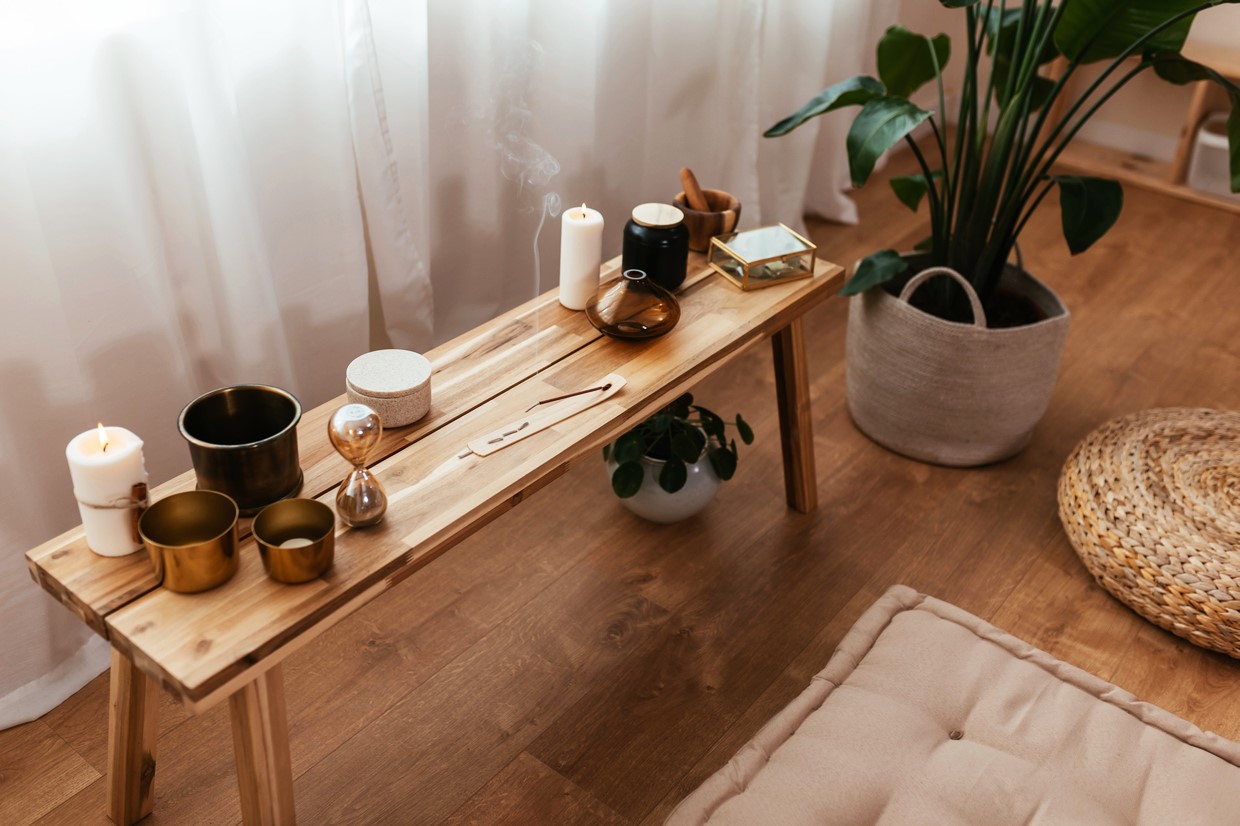
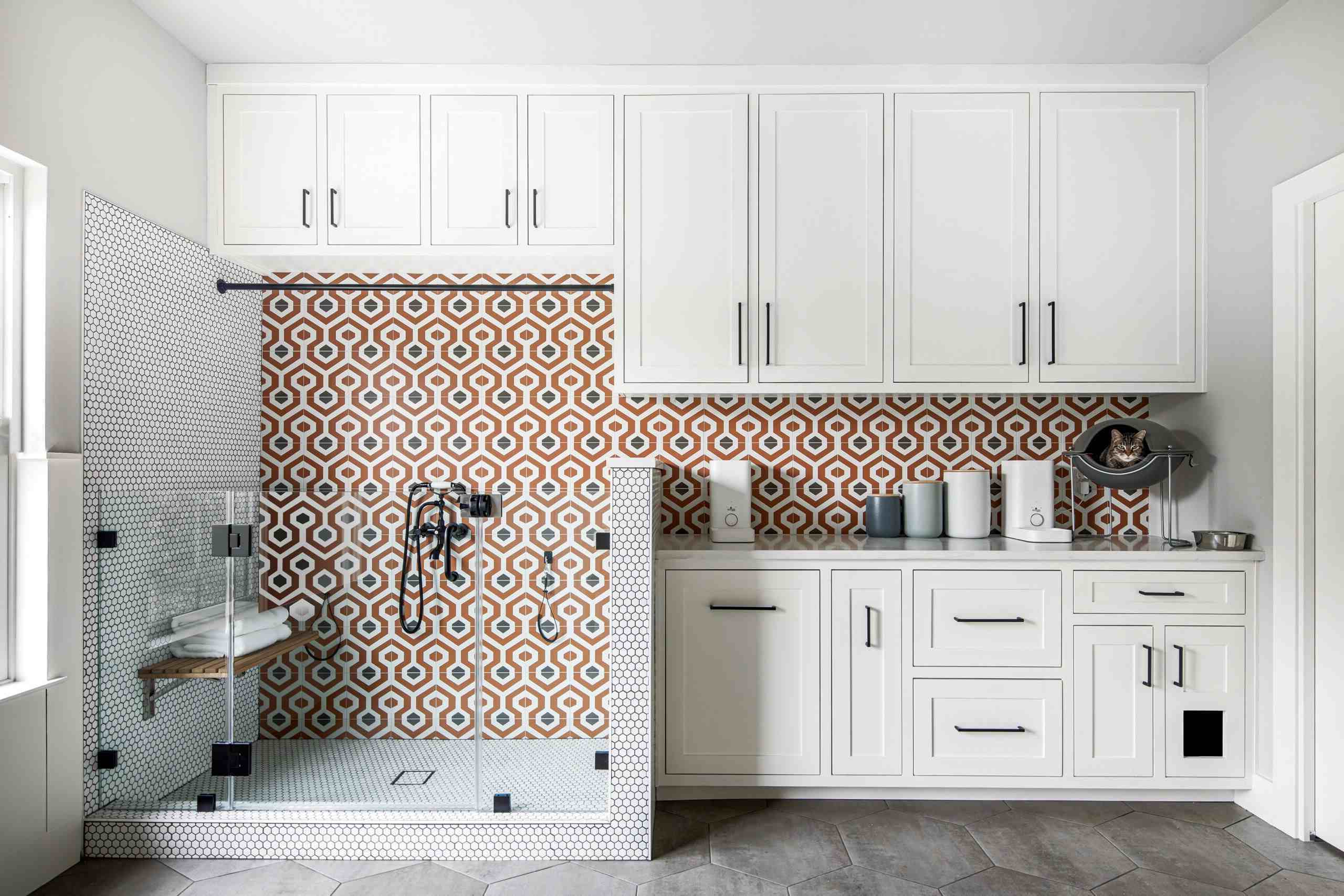
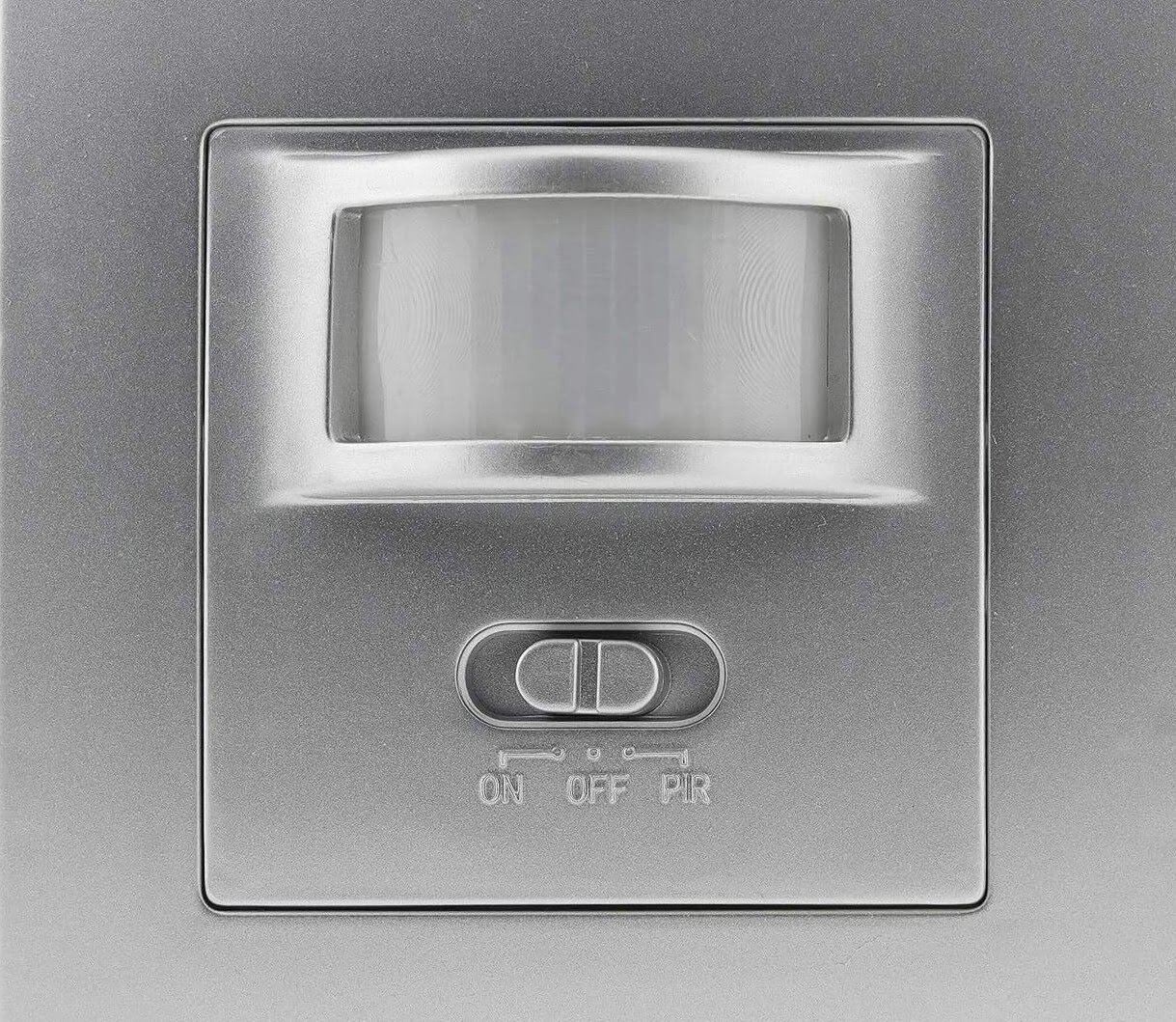
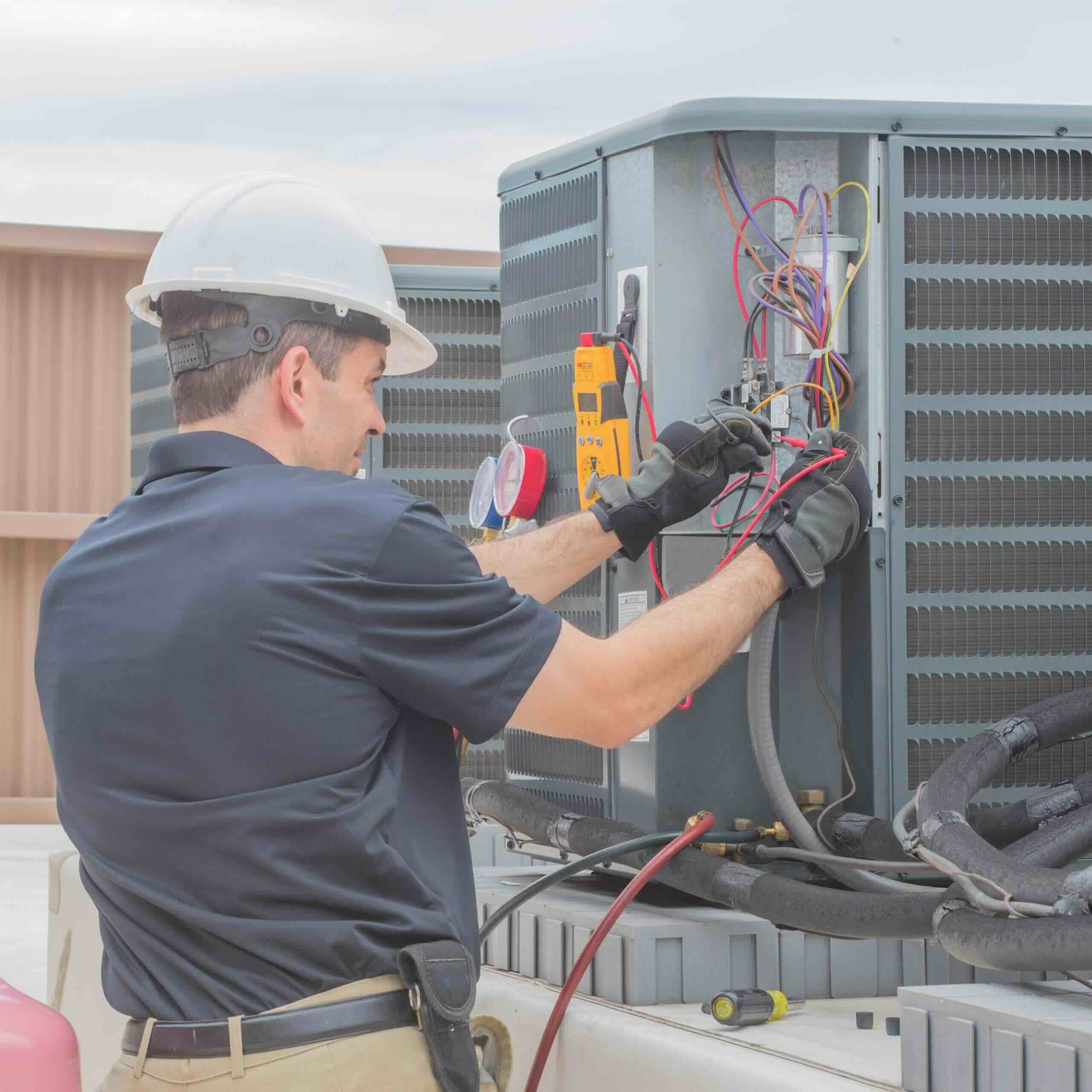

0 thoughts on “Tips For Setting Up A Pet-Friendly Home”